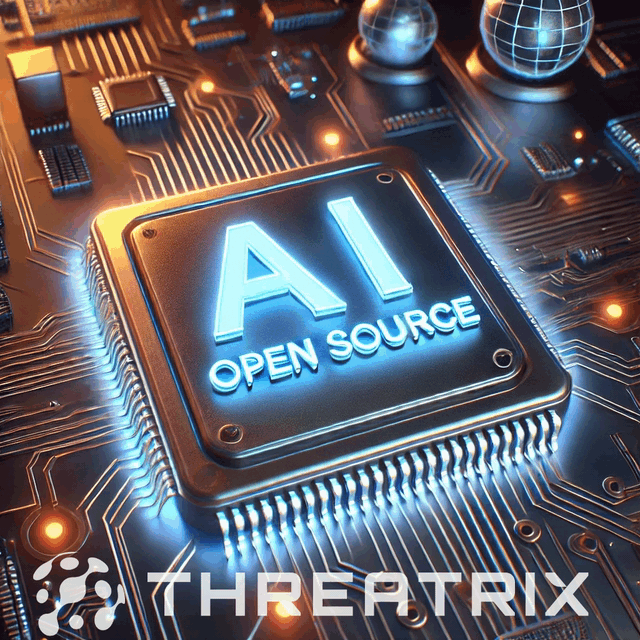Integrating Artificial Intelligence (AI) for code generation presents significant advantages and notable challenges. While AI boosts productivity by automating tasks and speeding up code creation, it also raises questions about the authenticity and quality of the resulting code. AI-generated code detectors are the new standard in an organization’s tool stack for addressing these concerns. Compliance with open-source licensing standards is crucial when integrating AI-generated code into software projects. Open-source licenses dictate how code can be used, modified, and distributed. If AI-generated code incorporates open-source components, developers must ensure these components adhere to their respective licenses to avoid legal issues and maintain the integrity of their projects.
Challenges with AI-Generated Code
- Tracking Origins: It can be difficult to trace the origins of AI-generated code and ensure all components comply with their respective licenses.
- Attribution: Properly attributing the original authors and adhering to their licensing terms is necessary but is overlooked when AI generates code.
- License Compatibility: Different open-source licenses have different requirements. Ensuring that all components used by the AI are compatible with each other and the overall project license can be complex.
Detection of AI-Generated Code in Development
Verifying the authenticity of code is increasingly important. Threatrix offers solutions that detect AI-generated open source code and provide comprehensive risk management for AI-generated and developer-written code snippets. This includes generating a Software Bill of Materials (SBOM) for each release, which is crucial for maintaining transparency and compliance.
Quality Assessment of AI-Generated Code
Assessing the quality of AI-generated code is as crucial as identifying it, given that integrating AI in software development can introduce complexities. Tools that evaluate AI-generated code for efficiency, maintainability, and security vulnerabilities are vital. Efficient code must perform optimally without overusing resources, while maintainability ensures that code remains clear and logical for easy future updates. Additionally, security assessments are crucial to identify vulnerabilities that could be exploited, ensuring that AI-generated code segments adhere to the highest standards and maintain the integrity of the overall project.
Strategies for Implementing AI Code Detection Tools
To integrate solutions for open source compliance and software supply chain security, the tools should provide the baseline capabilities:
- Continuous Integration (CI): Include AI code detection in the CI pipeline to automatically screen for AI-generated content before integration.
- Regular Code Reviews: Complement automated tools with manual code reviews to address nuances machines may overlook.
- SBOMs: Keep transparent records of AI usage in code generation to foster trust and collaboration within development teams.
Threatrix: A Comprehensive Solution for AI Code Detection
Threatrix stands out by integrating these detection tools directly into the development environment, allowing developers to address issues in real-time. By providing a seamless combination of SBOM provision, risk management, and AI code detection, Threatrix ensures that your projects remain secure, compliant, and high-quality.
🕵️ AI-Driven Snippet Detection
Threatrix uses cutting-edge AI technology to detect snippets of code Generated by AI and developer-written with a proven 99% accuracy rate. This detection is crucial for identifying their origins and ensuring the appropriate licenses are applied, particularly when AI tools that generate code can obscure the source of snippets.
🛠️ IDE Plugin for Real-Time Compliance
Threatrix offers the market’s only IDE plugin that integrates compliance tools directly into the software development environment. This tool provides real-time alerts when potential license infringements occur, helping developers address issues immediately without disrupting their workflow. These alerts are based on each company’s policies and are completely customizable based on the organization’s legal requirements.
🔍 Built-In Proof of Provenance
Every piece of code has a history, and knowing its origin is crucial for compliance. Threatrix provides built-in proof of provenance, ensuring the verifiable origins of licenses are always accessible with a click of a button and automated notifications for legal changes or modifications.
🔒 Automated License Attribution
Many software licenses, such as Apache, require proper attribution for the code and documentation. This can be a complex process for developers. However, our solution simplifies this process by automating license attribution. With Threatrix, developers can focus on their primary task of building great software while compliance is handled seamlessly in the background.
🌐 Support for 420 Languages
Barriers should not hinder compliance. At Threatrix, we offer support for the widest range of 420 programming languages currently available. We are committed to providing language support for new releases within 24 hours to ensure that your compliance tools remain as up-to-date as your development tools.
✨ Automated Compliance Workflows
During the build phase, Threatrix automates workflows by identifying and classifying code snippets. This proactive approach ensures that all open source components are correctly licensed before deployment, mitigating non-compliance risk. Threatrix not only automates the creation of Software Bills of Materials (SBOMs) but also ensures they are continuously updated with every change in the codebase. This real-time tracking is essential for maintaining transparency and compliance throughout the software lifecycle and can be generated in a few minutes with CYcloneDX, SPDX, and custom formats. Maintaining an accurate inventory of all in-house and third-party software components and their licensing statuses is crucial.
Utilizing tools like Threatrix in your development workflow ensures that your project upholds the highest code integrity and quality standards. Educating your team about the importance and functionality of these tools is crucial for maintaining software authenticity and compliance.
Incorporating these elements into your software development practices secures your code and positions your projects at the forefront of innovation and security. As AI continues transforming software development, tools like Threatrix are indispensable for developers aiming to leverage AI capabilities responsibly.

